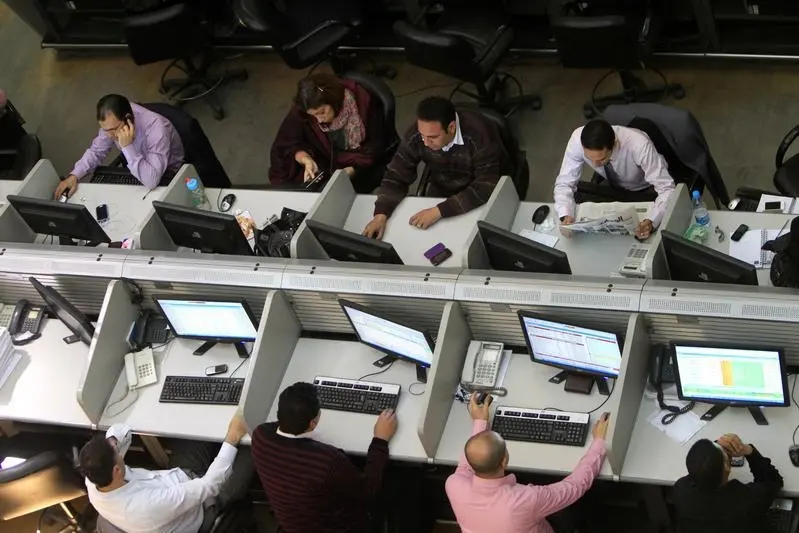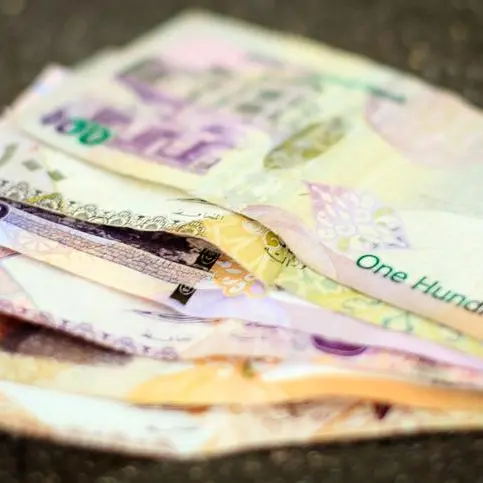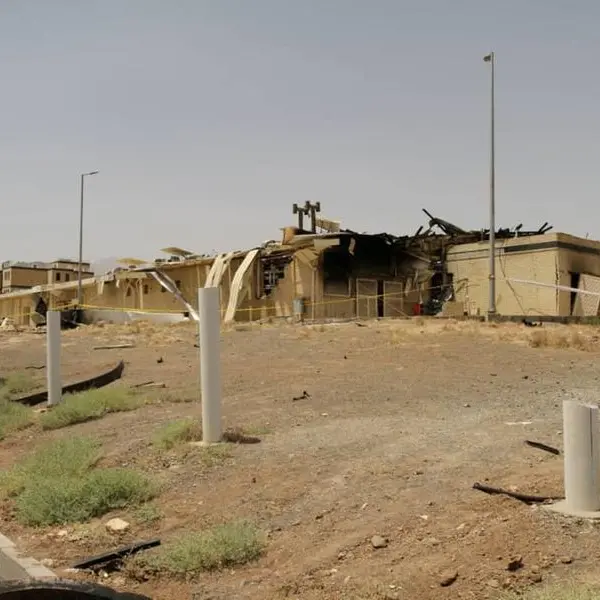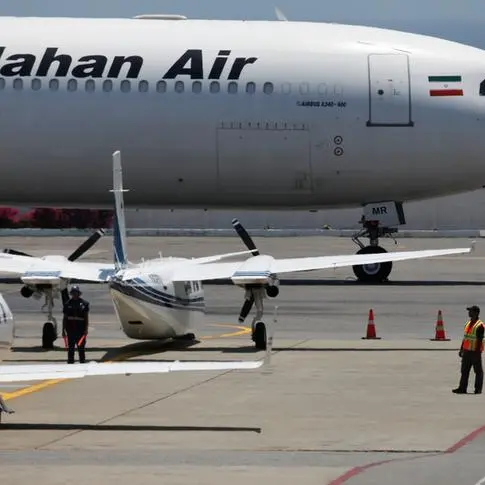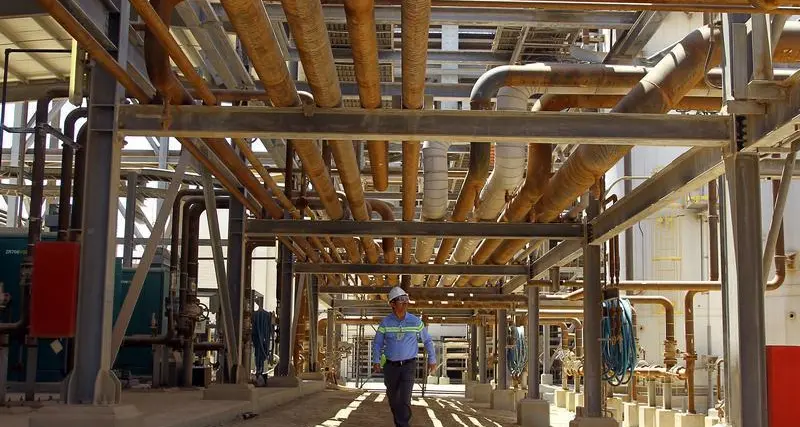PHOTO
Egypt's third public-sector lender is preparing to offer shares on the stock market
By Niveen Wahish
Last week Banque du Caire, Egypt’s third-largest public-sector bank, officially requested that its 562.5 million shares be listed on the Egyptian Stock Exchange at a nominal value of LE4 per share, adding up to a capital of LE2.25 billion.
The move comes ahead of a planned initial public offering (IPO) in the coming months, Investment Minister Dalia Khorshid said in a statement this week.
This week, the Al-Shorouk newspaper reported that that figure might increase to 30 per cent, with the additional 10 per cent being listed as Global Depositary Receipts (GDRs) in London.
The divestiture of some of the bank’s shares is part of the government’s reform plan approved by the International Monetary Fund (IMF). “A five-year IPO programme aims to diversify investment sources by attracting investments worth $5 billion over three years,” IMF documents state.
“The programme will initially focus on a small number of viable public companies in the financial services and banking, oil and gas, petrochemicals and real estate development.”
It has not been announced how many of the bank’s shares will be floated. Last year, the Central Bank of Egypt (CBE) governor said the government would put 20 per cent up for grabs. A delegation from the IMF is in Cairo this week to check that the government is on track in implementing its reform plan. The review is a routine check that will be made every six months for the duration of Egypt’s Extended Facility agreement with the IMF. If all is well the delegation will approve the disbursement of the second tranche of $1.25 billion. That sum would complete the $4 billion Egypt would receive during the first year of the agreement. $2.75 billion were received back in November 2016.
This is not the first attempt at privatising Banque du Caire. In 2007, the government intended to privatise a 67 per cent shareholding by selling it to a strategic investor. But the sale did not go through as the bids came in below expectations. At that time, the government expected to gain $2.4 billion from the deal.
Mohamed Noureldin, an economic researcher, was against the privatisation of the bank in 2008, and he is still against it today.
“The government is short of funds and is selling its assets to repay its debts,” he said. Even if this started with 20 per cent of the bank now, this would not mean that more would not be sold as share or offered to a strategic investor later, he said.
The banking sector is one of the vital sectors of the economy, and according to Noureldin the government should keep its stake in the sector in order to finance its development needs. “The priorities of a private investor will not be the same as those of the government,” he said.
In 2006, another public-sector bank, the Bank of Alexandria, was sold to San Paolo IMI of Italy for $1.6 billion for an 80 per cent stake.
The other public-sector banks are the National Bank of Egypt and Banque Misr, with the latter being in effect the owner of Banque du Caire. It merged with it in the mid-2000s as a means of restructuring and cleaning up a bad debt portfolio.
Economic researcher Merit Al-Sayed is not against the divestiture of the public-sector banks, but she believes this could be better timed. The bank has delayed the decision to list several times, and it would have been better to list ahead of the currency devaluation in November 2016, she said.
The prevailing high interest rates on deposits may discourage investors, she added.
From the shareholders’ point of view, there are a myriad of benefits, however. For one thing, the IPO should generate opportunities for additional growth, new products and services, geographical expansion and enhanced profitability.
It should also enhance the status of the bank and lead to a greater ability to borrow funds, lower funding costs, and encourage retail and corporate depositors. It should also provide a liquid market for shareholders that will make the task of raising additional capital easier, Al-Sayed added.
There is an expected wave of IPOs by the government in various sectors this year, and this is intended to attract foreign direct investment (FDI), enhance transparency and corporate governance, add new sectors to the stock market and widen stock ownership in Egypt.
Al-Sayed highlighted the attractiveness of the banking sector to potential international strategic investors, saying the banked population in Egypt did not exceed 10 per cent, while the domestic saving rate stood at 5.9 per cent of GDP.
“In a country like Egypt, there is much to be achieved in terms of financial inclusion through access to formal financial services by households and firms,” she said. There are 39 banks operating in Egypt, with a total outreach of 3,900 branches across the country.
When issued, the IPO will be the first public offering of government-owned firms since 2005, when shares in Telecom Egypt, AMOC, and Sidi Kreir were offered.
Two other banks may also go on the block this year. Last March, CBE governor Tarek Amer said that a 40 per cent stake in the Arab-African International Bank (AAIB) would be offered on the stock market. That has yet to be seen, however.
United Bank is another public-sector bank slated for privatisation. It is not yet clear whether this will be through an IPO or sale to a strategic investor.
An IPO for an oil company is also scheduled. Khorshid has said that a committee overseeing the IPOs has already named one company out of three major petroleum companies.
The three are reported to include Engineering for the Petroleum & Process Industries (Enppi), the Sidi Kreir Petrochemicals Company (Sidpec) and the Alexandria Mineral Oils Company (AMOC).
The latter floated 20 per cent of its shares back in 2005.
© Al Ahram Weekly 2017
